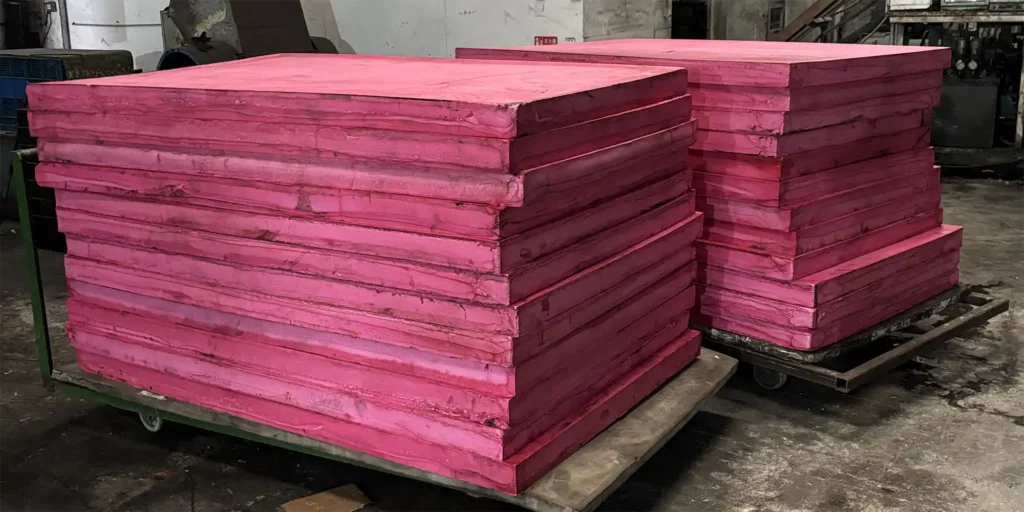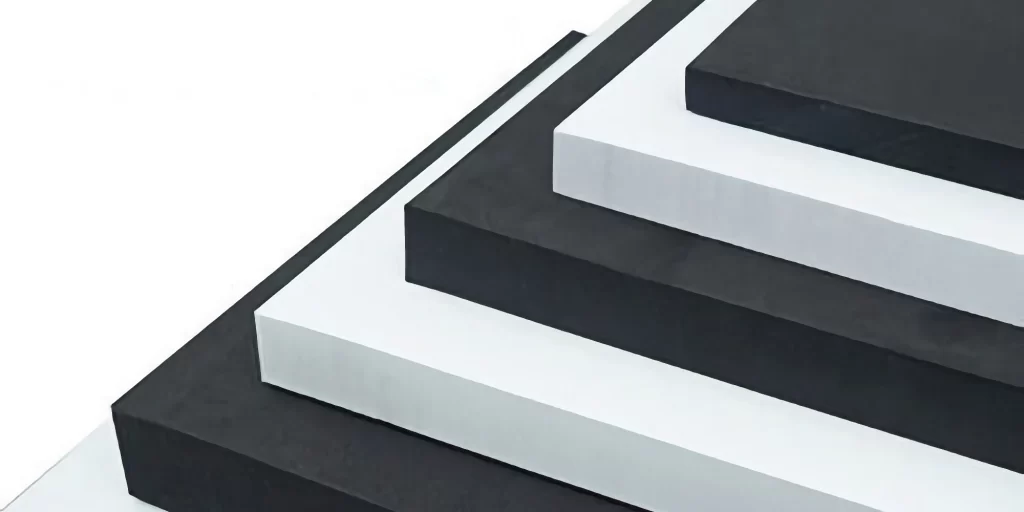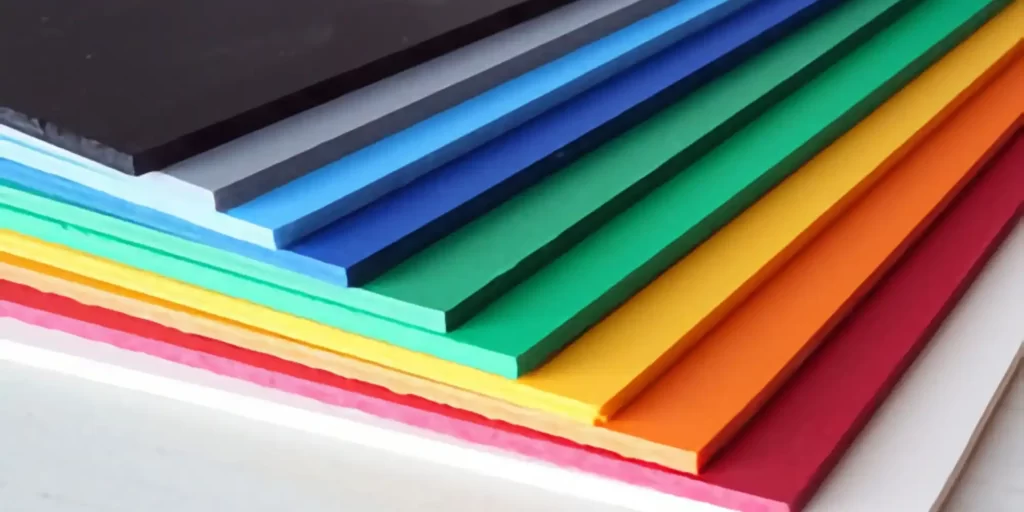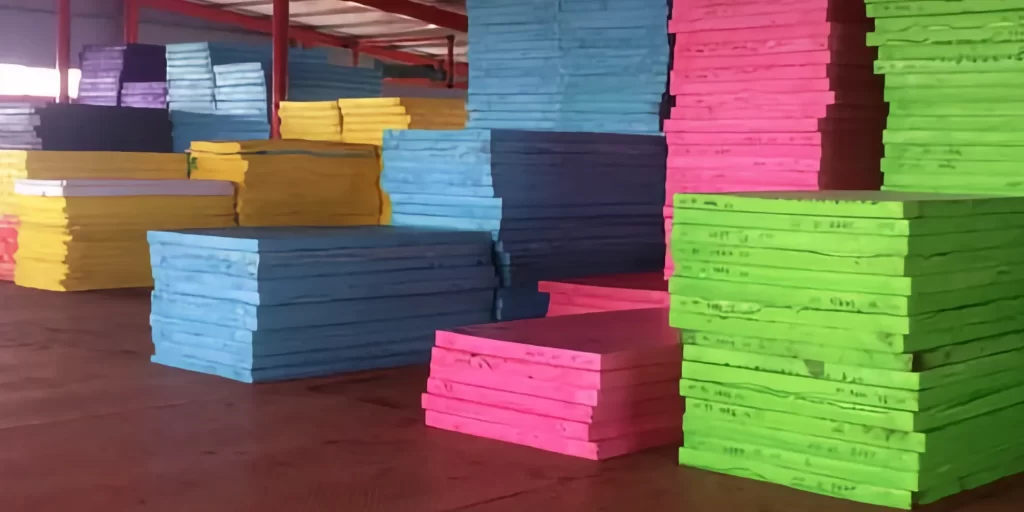Abstract
Polyethylene (PE) foam materials manufactured through high-expansion and low-expansion processes yield products with varying densities, typically ranging from 15-250 kg/m³. High-expansion foaming (15-30x expansion ratio) produces lightweight cushioning materials with low density (15-50 kg/m³), while low-expansion foaming (3-10x ratio) creates medium-to-high density (80-250 kg/m³) structural components. This paper elucidates the technical distinctions between these processes and analyzes how density parameters determine critical product characteristics such as shock absorption, load-bearing capacity, and industry suitability.
Core Content
I. Intrinsic Relationship Between Expansion Ratio and Density
PE foam density is directly governed by its expansion ratio:
- High-expansion foaming: Employs chemical blowing agents (e.g., ADC) releasing gas at 180-220°C to form honeycomb-like closed-cell structures (>90% closed-cell content), ideal for electronics packaging (20-30 kg/m³ density).
- Low-expansion foaming: Utilizes physical foaming (CO₂ injection) or controlled crosslinking (25-45% irradiation) to achieve dense structures (≤15% open-cell content), commonly used in automotive floor mats (150-180 kg/m³ density).
II. Key Density-Related Performance Metrics
| Density Range (kg/m³) | Compressive Strength (kPa) | Resilience (%) | Water Absorption (%) |
|---|---|---|---|
| 20-50 | 80-150 | 60-75 | ≤0.8 |
| 80-150 | 300-600 | 85-93 | ≤0.3 |
| 150-250 | 800-1200 | ≥95 | ≤0.1 |
III. Industry Selection Guidelines
- Sports protective gear: Recommended 45-60 kg/m³ (optimal balance of cushioning and support)
- Cold chain logistics: Preferred 80-100 kg/m³ (enhanced low-temperature brittleness resistance)
- Architectural acoustics: Requires 120-150 kg/m³ (achieving STC ≥50 at 30mm thickness)
FAQ Section
1. Why is high-expansion PE foam particularly suitable for electronics packaging?
The substantial expansion (25x+) creates 0.1-0.3mm microcellular structures that provide 3-5kPa progressive cushioning stress, absorbing over 80% of impact energy while maintaining <1% compression set (per ASTM D3574 testing).
2. How can density be adjusted through production processes?
Implementing LDPE/LLDPE blending (7:3 ratio) optimizes melt strength. When combined with nitrogen-assisted injection molding (8-12MPa pressure), density variation can be controlled within ±3%.
3. What are the temperature limits for low-density PE foam?
Standard products remain stable between -50°C to 80°C (per ISO 75 heat deflection testing). Incorporating 2% nano-graphite elevates the threshold to 120°C (suitable for engine compartment insulation).
4. What primarily drives cost increases in high-density foam production?
Greater material consumption (3-5x more than low-density equivalents per unit volume) and the requirement for high-pressure molding equipment (typically 15-25 ton clamping force).
5. How to verify PE foam density compliance with standards?
The water displacement method (ISO 1183) is recommended. For closed-cell materials, surface treatment (vacuum impregnation) ensures measurement accuracy within <0.5% error margin.
WELLE Trade has over 20 years of experience in the production and processing of PE/EVA/TPE foams, so you may want to consult with them if you have any sourcing needs.






